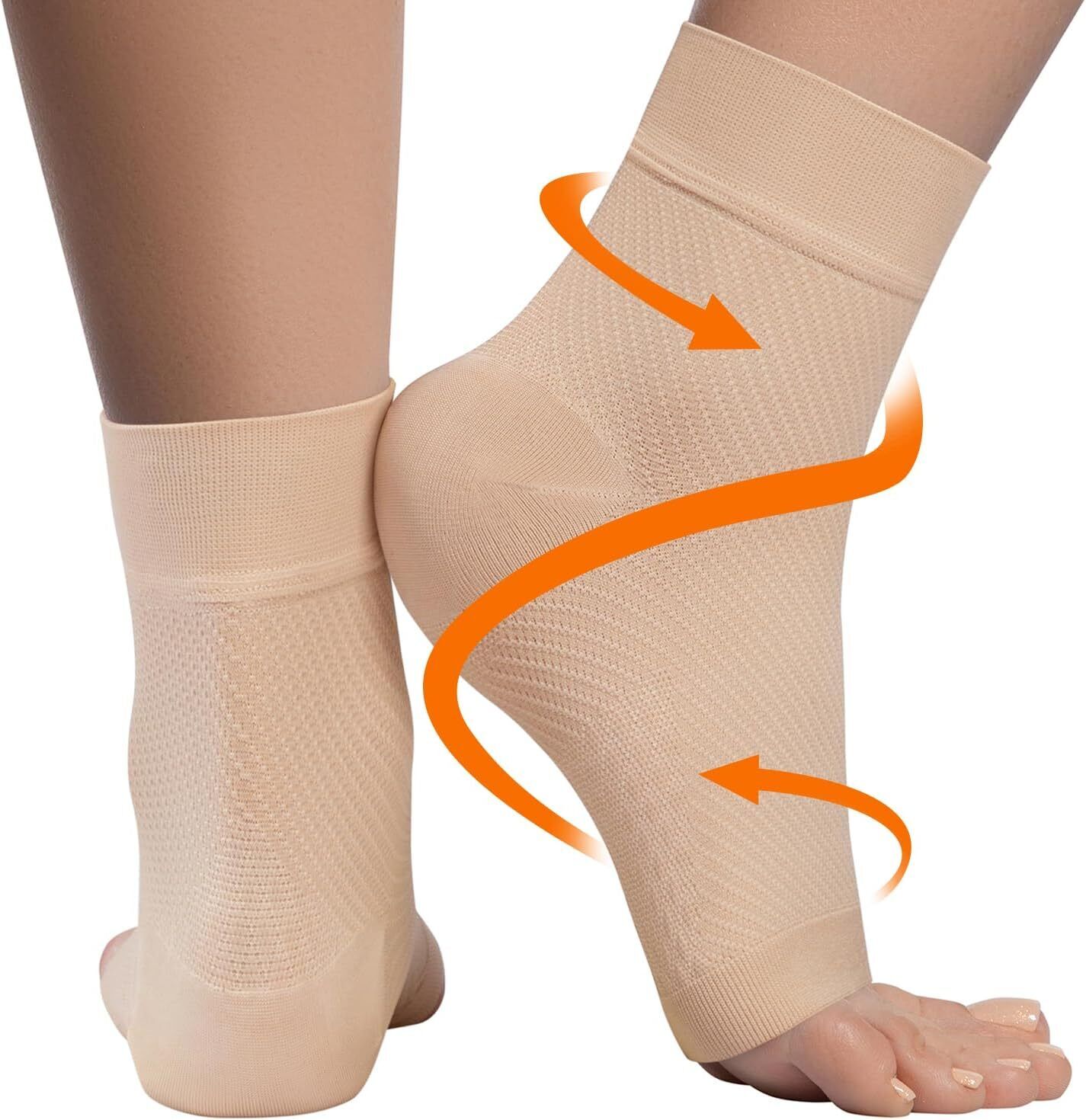What are the symptoms of a sprained ankle?
The symptoms of a sprained ankle typically include:
- Ankle Pain: Immediate pain at the site of the injury, which may be sharp or aching.
- Swelling: Swelling around the ankle joint, which can occur shortly after the injury.
- Bruising: Discoloration of the skin, often appearing as bruising around the ankle.
- Tenderness: Sensitivity to touch around the injured area.
- Limited Range of Motion: Difficulty moving the ankle or bearing weight on it.
- Instability: Feeling of weakness or instability in the ankle, making it difficult to walk or stand.
- Heat: The injured area may feel warm to the touch due to inflammation.
If the sprain is severe, the symptoms may be more pronounced, and it may be challenging to put weight on the affected foot. In some cases, a sprained ankle may be accompanied by a noticeable popping sound at the time of injury or significant difficulty moving the joint. If you experience these symptoms, it’s important to seek medical evaluation to determine the extent of the injury and appropriate treatment.
What are the causes of a sprained ankle?
A sprained ankle occurs when the ligaments that support the ankle are stretched or torn, typically due to sudden or abnormal movements. Common causes include:
- Twisting or Rolling the Ankle: Often happens during activities that involve sudden changes in direction, such as sports or uneven surfaces.
- Injury During Physical Activity: Sports like basketball, soccer, or running can lead to ankle sprains, especially if proper technique or footwear isn’t used.
- Stepping on an Uneven Surface: Walking or running on uneven or unstable ground can cause the ankle to roll or twist.
- Falling: A fall that lands on the ankle awkwardly can strain the ligaments.
- Improper Footwear: Wearing shoes that do not provide proper support or have inadequate cushioning can increase the risk of an ankle sprain.
- Overuse: Repetitive stress on the ankle from overuse or activities that require frequent pivoting can weaken the ligaments and make them more susceptible to injury.
- Previous Injuries: Ankle injuries that haven’t healed properly or have weakened the ligaments can make future sprains more likely.
Preventive measures include strengthening exercises for the ankle, wearing supportive footwear, and practicing proper techniques during physical activities.
What is the treatment for a sprained ankle?
The treatment for a sprained ankle typically involves the R.I.C.E. method, which includes Rest, Ice, Compression, and Elevation. Here’s a detailed approach:
- Rest: Avoid putting weight on the injured ankle to prevent further damage and promote healing. Use crutches if necessary to keep weight off the ankle.
- Ice: Apply ice to the injured area for 15-20 minutes every 1-2 hours during the first 48 hours after the injury. This helps reduce swelling and numb the pain.
- Compression: Use an elastic bandage or compression wrap around the ankle to help control swelling. Make sure it’s snug but not too tight, as it should not cut off circulation.
- Elevation: Keep the injured ankle elevated above the level of your heart whenever possible. This helps reduce swelling by allowing fluids to drain away from the injury.
- Medications: Over-the-counter pain relievers like ibuprofen or acetaminophen can help manage pain and inflammation.
- Physical Therapy: Once the acute pain and swelling have subsided, physical therapy exercises may be recommended to restore strength, flexibility, and balance to the ankle.
- Supportive Devices: Depending on the severity of the sprain, your healthcare provider may recommend using an ankle brace or splint to provide additional support.
- Gradual Return to Activity: Resume normal activities gradually, ensuring that you do not push through pain. Proper rehabilitation is important to prevent re-injury.
- Medical Evaluation: For severe sprains, or if symptoms persist despite treatment, consult a healthcare provider for further evaluation. In some cases, imaging studies like X-rays or MRIs may be needed to rule out fractures or assess the extent of ligament damage.
- Surgery: Rarely, if there is significant damage to the ligaments or if conservative treatments fail, surgical intervention may be necessary to repair the torn ligaments.

Leave a Reply
You must be logged in to post a comment.